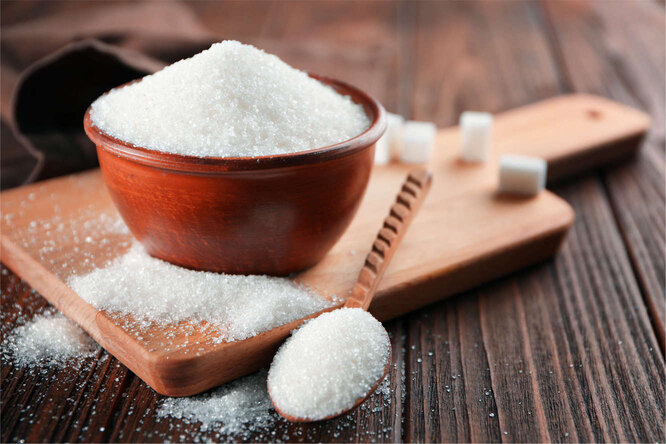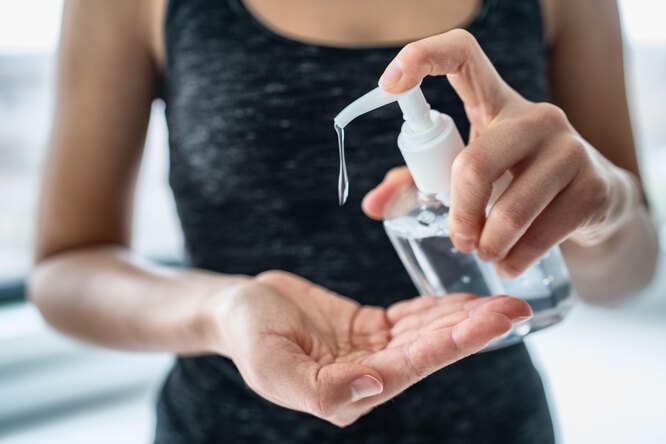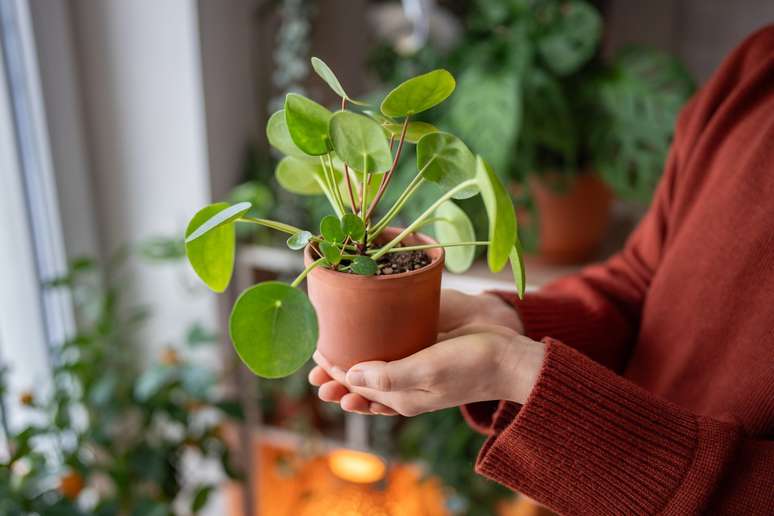Find recipes to upgrade plastic containers: if you use them, the containers will look like you just bought them!
The problem with plastic – especially transparent! – is that after the first use it never looks clean – even if you took it out of the dishwasher a second ago. It’s no wonder that bloggers who make videos about removing stains from food containers receive millions of views – after all, you can’t buy new dishes every week.
We have collected the most popular methods for cleaning plastic containers and how housewives rate them on a five-point scale. You just need to choose the tip that seems most practical and best suited to a particular case.
Popular Methods for Renewing Plastic Containers: 7 Best
Soak containers with vinegar
Have you ever put leftovers from dinner in the fridge only to forget about them forever? Okay, not forever, but long enough for the meat or sauce to develop new life. Anyone who has faced this problem knows how difficult it is to get rid of memories: in this case, 9% white vinegar would be an excellent preparation for restoring plastic containers.
What to do: pour a glass of water into the container, add a tablespoon of vinegar, soak the container for one to two hours, then rinse and dry it.
ADVERTISING – CONTINUED BELOW
Efficiency: 2 out of 5. If you need to disinfect a container or remove greasy deposits, vinegar will do an honest job, but if there are stains on the plastic (e.g. ketchup or turmeric), don’t expect it to good results .
Wash with dishwashing liquid and absorbent paper
This unique method of polishing plastic containers went viral on TikTok: bloggers claimed that if you pour warm water into the container, add a few spoons of dishwashing liquid and torn paper towels, close the lid and shake vigorously for a minute, you can get rid of the most stubborn stains.
Even scientists have commented on the hack: for example, microbiologist Jason Tetro explained that three factors work. Firstly, the high concentration of soap does the job, secondly, the mechanical impact, which will be stronger than when washing with a sponge or dishwasher, and thirdly, the paper absorbs oil and grease , preventing it from falling back onto the plastic. .
Efficiency: 3 out of 5. As Tetro explains, shaking is not the solution to making plastic containers look new again. This will only work on fresh stains and is no better than regular washing with a sponge or brush. (However, if you need a little cardio, then why not?)
Sugar scrub








